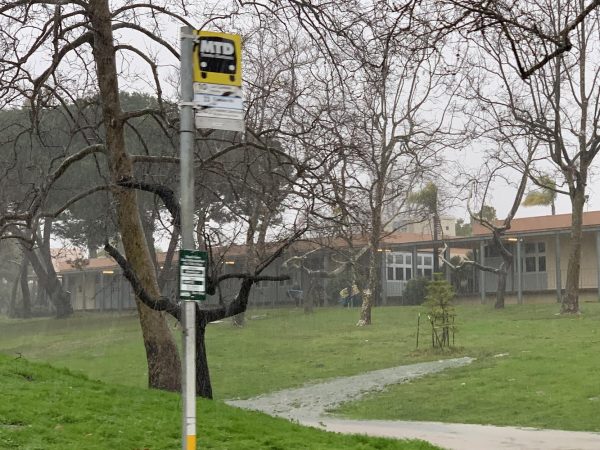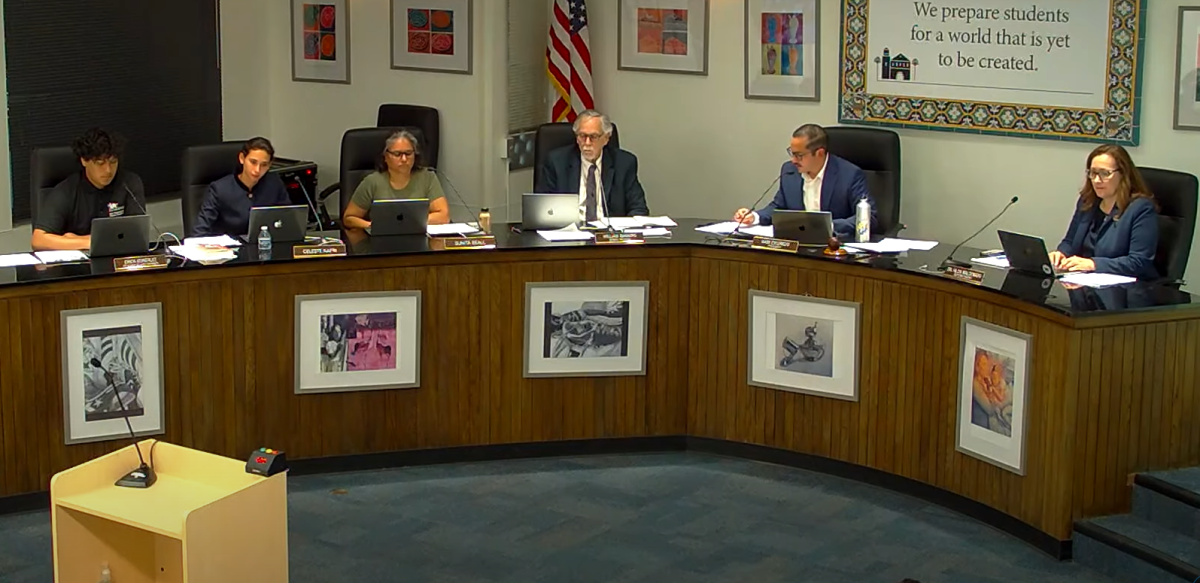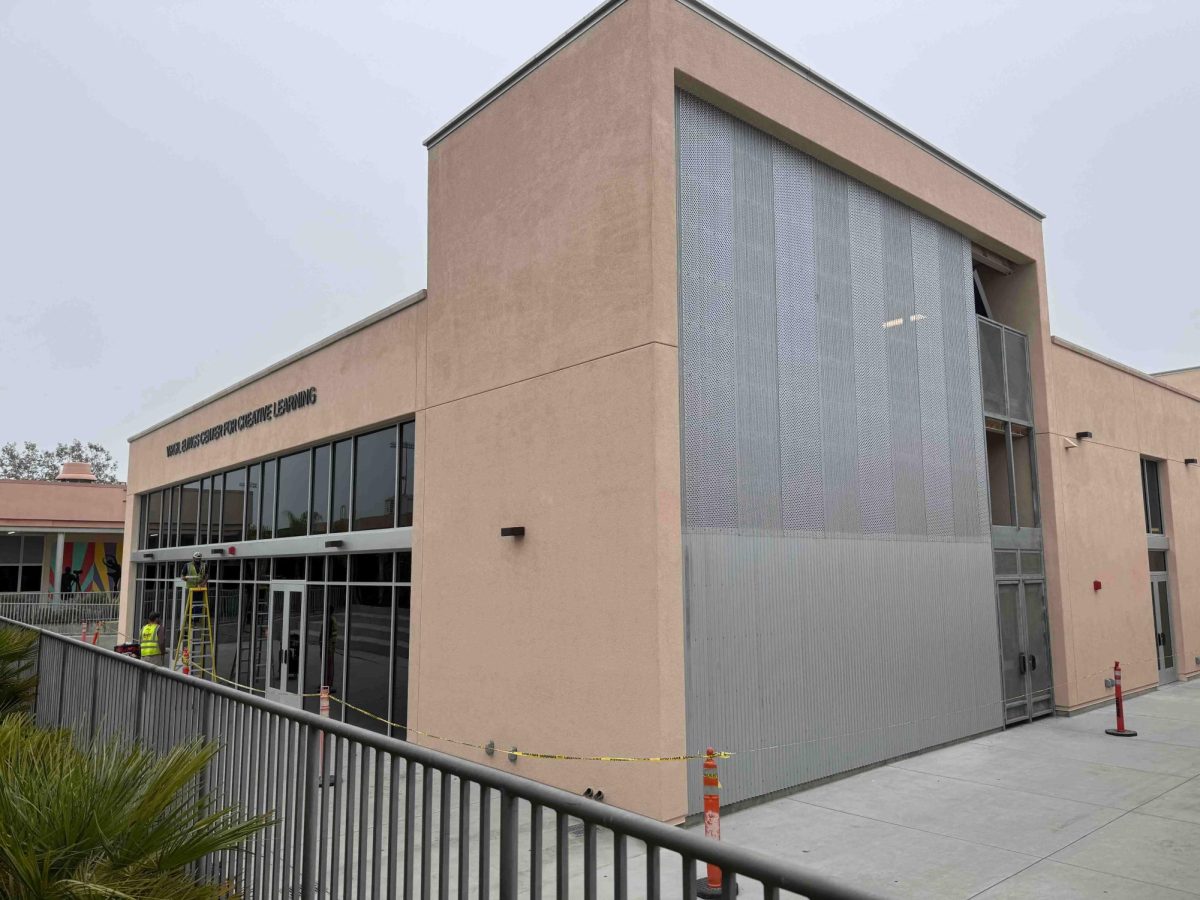Santa Barbara County has experienced droughts on and off for decades, often leading to wildfires, flash floods, and mudslides. However, in the past year, the Santa Barbara area has seen more rainfall.

Santa Barbara County’s average annual rainfall is 18.55 inches, and the weather patterns can be varied due to the proximity of both the ocean and mountains. The effects of climate change are increasing this variety in weather and weather patterns.
Rainfall in U.S. counties is recorded in water-years, which begin October 1 and end September 30. Thus far the 2023-2024 water-year is one of the most rainy Santa Barbara has seen in decades.
In December of 2023, there were a number of abnormally large rainstorms, including one on December 21 and 22 which gave the Santa Barbara area more than six inches of rain in 24 hours. Storms like this continued to occur in the new year, flooding roads and breaking daily weather records at the Santa Barbara Airport.
Closure of roads and highways throughout December, January, February, and March affected many people’s commutes. Strong wind and rain felled trees, including a large tree in The Meadow in front of Dos Pueblos campus. If that tree had fallen in the opposite direction it would have destroyed classrooms.

Santa Barbara has also continued to receive rain much later into the year than normal. Weather patterns are complex and can often be difficult to predict, but these recent changes could be attributed to climate change.
Climate change is generally associated with making places hotter and drier, but it can also cause more intense precipitation in certain areas. This is due to the ocean’s temperature rising, which evaporates more moisture into the air.
As the year moves into summer and Santa Barbara County continues to adapt to these climate shifts, it is important to monitor the potential long-term implications of changing weather trends.















